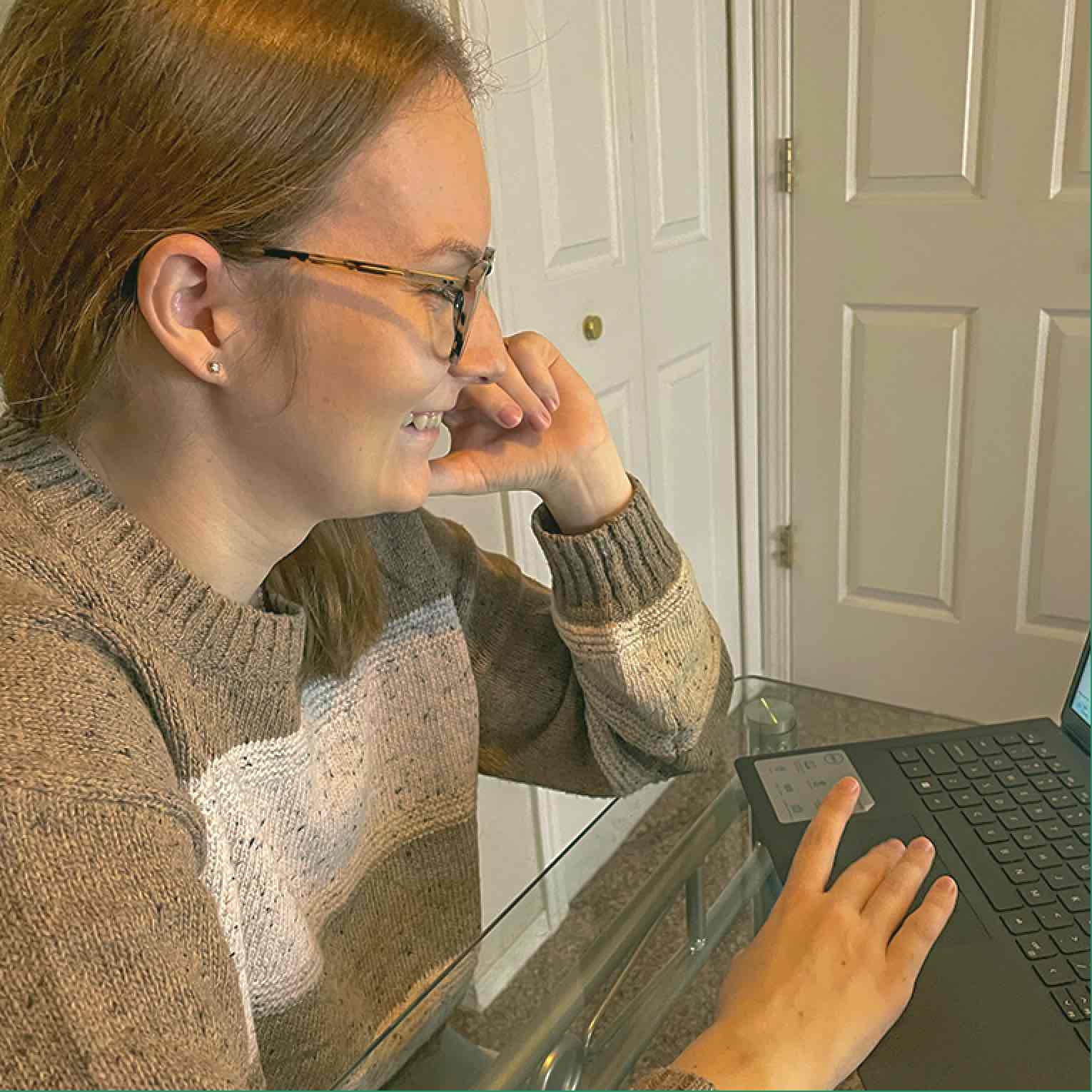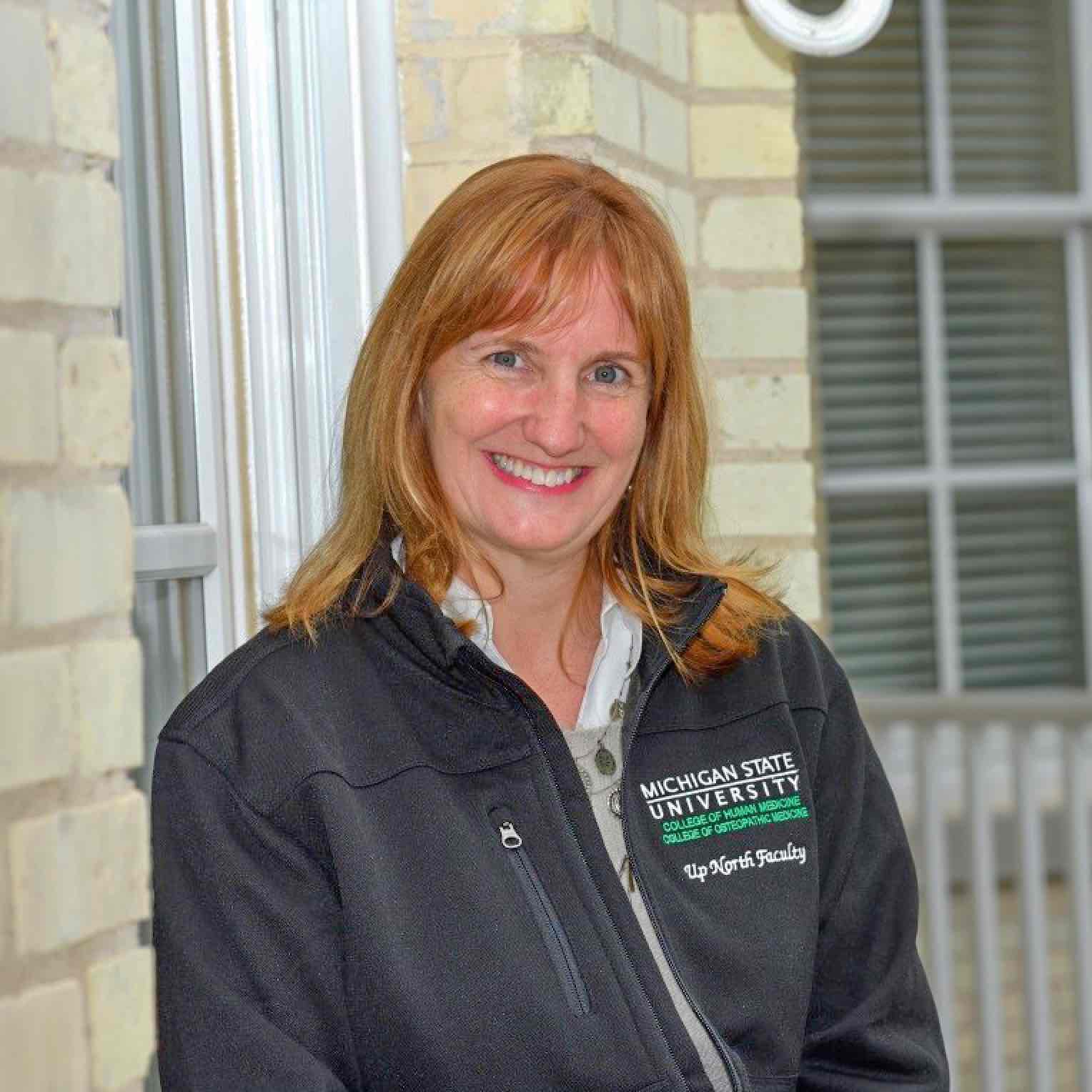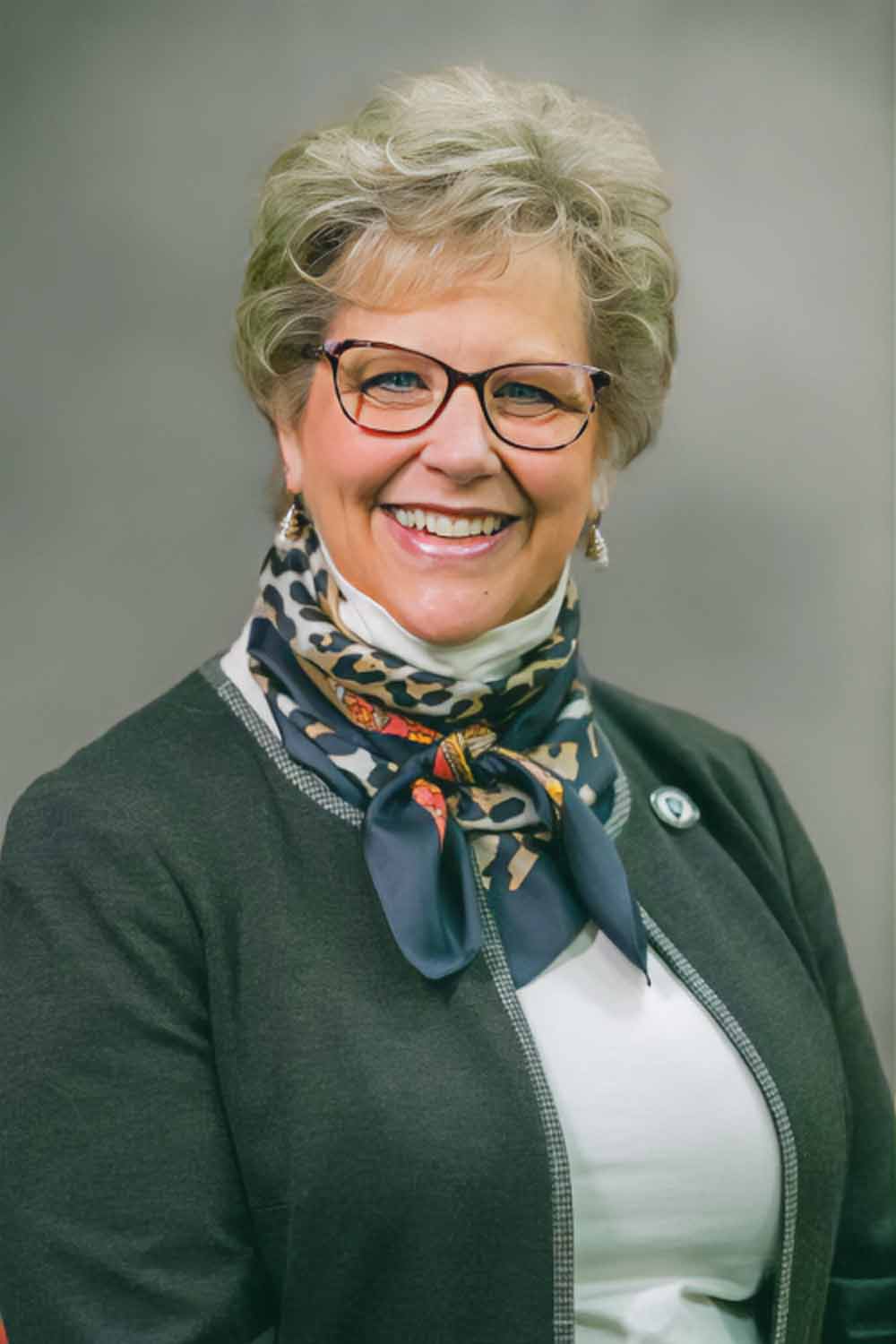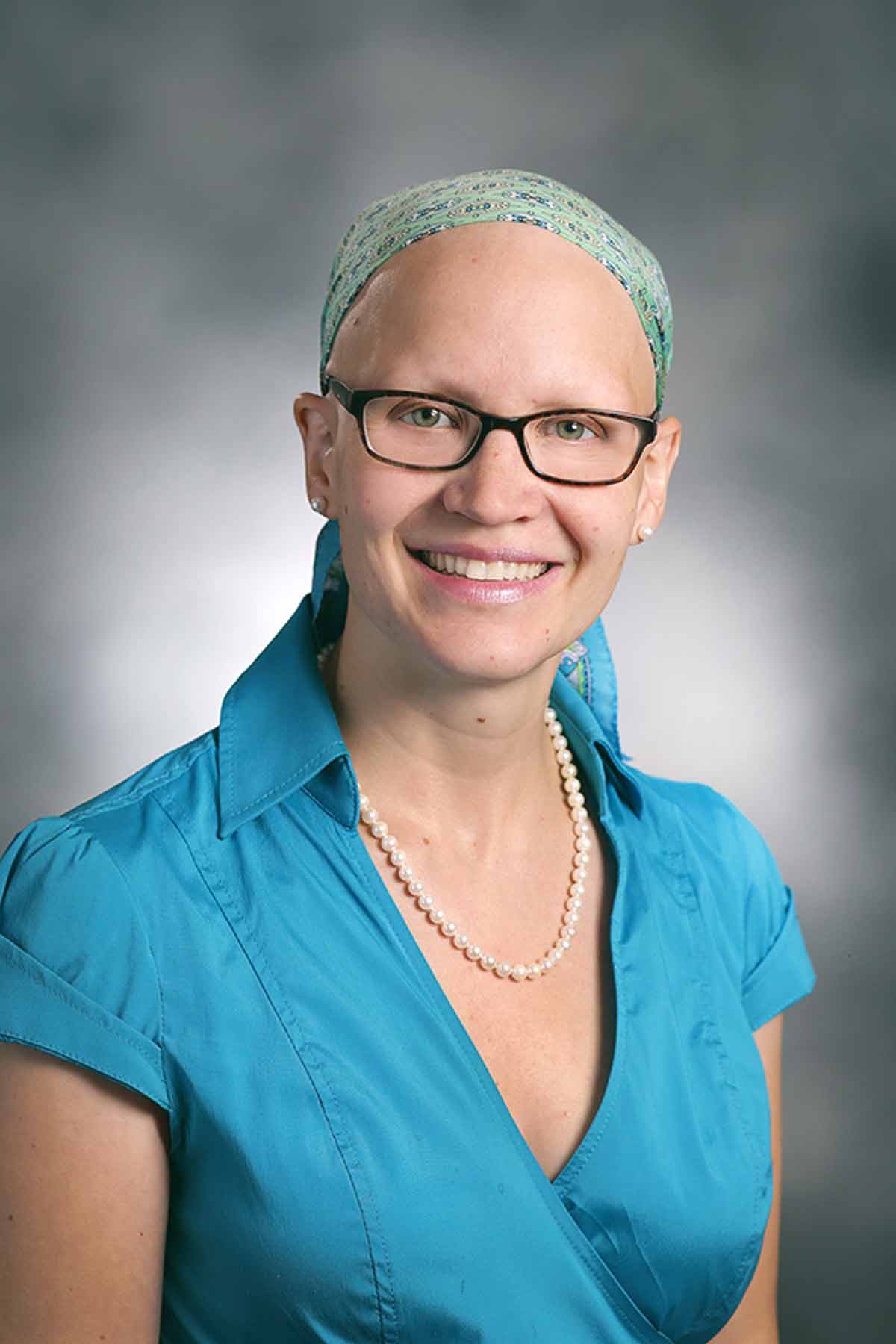As Michigan and the nation face significant shortages of physicians and nurses, Michigan State University is leading efforts to provide sustainable health care solutions across the state that will change health care for the better by identifying and responding to current and future challenges.
The United States faces a predicted shortage of 124,000 physicians by 2033. There is also a need to hire at least 200,000 nurses each year to meet the increased demand and replace retiring nurses, according to the American Hospital Association. At the same time, inequities in delivering health care to all Michiganders remains a challenge.The existing shortage of providers is complex and includes factors such as an aging population and greater numbers of people with chronic disease as well as the limited capacity of education programs, uneven distribution of providers, and caregivers leaving the workforce due to burnout.
“Addressing the unmet needs will require a transformation of health and health care; a greater number and breadth of providers, enhanced tools to improve access for patients and better support the work of those providers and a greater emphasis on prevention and early intervention." says Norman J. Beauchamp Jr., executive vice president for Health Sciences at MSU.
“MSU is leading the effort to ensure the right care at the right time for all.”
- Norman J. Beauchamp Jr.
MSU’s health colleges are responding to these inequities in care and gaps in staffing across the state. For more than 70 years, MSU has been educating health care providers who train in community-based settings throughout the state. It’s also the only university in the country that trains both doctors of medicine and doctors of osteopathic medicine as well as nurses. The colleges of Human Medicine, Osteopathic Medicine and Nursing have more than 20,000 alums who live and work in Michigan after graduation. The colleges are expanding their current medical and health program offerings, creating new career pathways and seeking partnerships to expand training opportunities and innovative approaches to care.
Meeting the needs of the state benefits from MSU’s efforts, campus wide. Individuals contributing to health are found in virtually every college in the university. To fulfill this commitment to improve the health of Michigan’s residents and as part of MSU’s strategic plan, the university has set the goal of creating 50 new career pathways that will span areas such as communications, business and supply chain, while transforming traditional health care education with innovative programs focused on solving the state’s health care needs.
This also creates multiple pathways to fulfilling careers for MSU students. Beauchamp said according to the U.S. Census Bureau, health care and social assistance sectors continue to be the top employers across the country. In Michigan, health care continues to be the largest private-sector employer in the state, employing around 572,000 Michigan residents in 2020, according to the 2022 Economic Impact of Healthcare in Michigan by the Partnership for Michigan’s Health, a Lansing-based group that includes the Michigan Health and Hospital Association, the Michigan State Medical Society and the Michigan Osteopathic Association.








